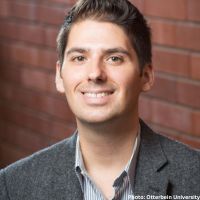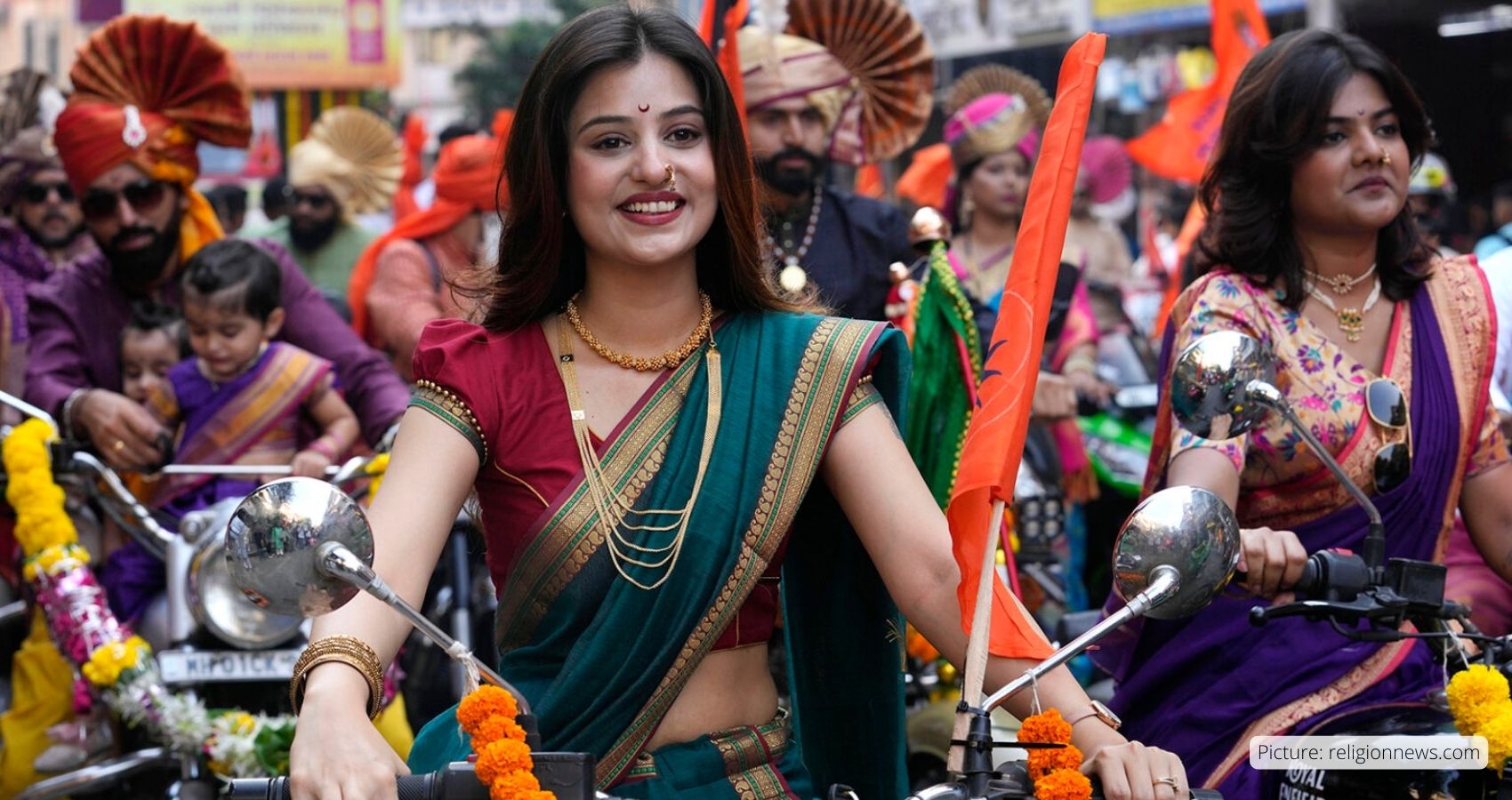For many who claim Indo-Caribbean heritage, Vice President Kamala Harris’ spotlight is the perfect chance to dive into the community’s lesser-known past: where indigenous faiths and cultural traditions found more in common than not.
(RNS) — A standard feature in any biography of Kamala Harris is the fact her parents — one a Hindu from India, the other a Baptist from Jamaica — met at the University of California, Berkeley, where they were both students in the 1960s.
In this sense the vice president and presumptive Democratic nominee embodies a heritage shared by millions across the Caribbean basin and the Afro-Caribbean diaspora, many of whom are now talking about the sudden possibility that the next U.S. president could be of Indian and Jamaican heritage, and a person who claims to “know the lyrics to nearly every Bob Marley song” to this day.
Indians first came in numbers to the Caribbean in the early 19th century, when the British Empire brought them west as indentured servants, mostly to the islands of Jamaica, Trinidad and Tobago and Barbados, as well as Guyana and Suriname on the northeast shoulder of South America.
Indian Hindus, who at the time would not have defined themselves as Hindus, brought their spiritual practices with them, according to Alexander Rocklin, assistant professor of religious studies at Kenyon College and author of “The Regulation of Religion and the Making of Hinduism in Colonial Trinidad.” Those practices went on to influence the existing Catholic and Protestant Christians, Muslims and devotees of African spiritualities.
“The various groups that were living in a lot of these colonies, which were very cosmopolitan, were interacting with one another,” said Rocklin. “They were exchanging ideas, exchanging culinary traditions, exchanging cultural forms. And so they were also then participating in one another’s religious lives as well.”
In his research on 19th- and 20th-century Trinidad, Rocklin found clear evidence of Hindus worshipping the Virgin Mary as a Hindu goddess, visiting with African Obeah practitioners for their remedies against evil spirits, and celebrating Muharram, a Muslim holiday that for many was seen as simply “Indian.”
Though indentured servants lived in the same barracks that once held slaves, the British occupiers awarded them freedom of religion, as long, said Rocklin, as it resembled something colonizers would recognize. Indo-Caribbean Hindus thus began to fashion worship services with pundits who gave sermons and congregations, dressed in their “Sunday best,” that sang bhajans or Hindu worship songs in place of hymns.
“It was not seen as hypocritical for people to cross over lines, and for communities to come together and celebrate, but also engage in healing and devotion to to deities that were exclusively identified as being Hindu,” said Rocklin. “People were interested in living together in a way that the British colonizers couldn’t really even contextualize.”
Shawn Binda, a Canadian Hindu of Trinidadian origin, launched Hindu Lifestyle, his YouTube channel, in 2017, sensing the need to explain Hinduism’s history in Western society, especially to second-wave immigrants who want to maintain their ties in a “non-Hindu world,” he said. Binda’s research shows that Hinduism even had a part in the foundations of Rastafari, the religion that began in Jamaica and may be considered one of its most indelible cultural exports.
Binda, who lives in Toronto, points to the two faiths’ traditions of vegetarianism, spiritual use of ganja, or marijuana, and a shared philosophy referred to in Rastafarai as “I n I,” and in Hinduism as “oneness with the Divine.” Leonard Howell, known as the first Rasta, was called Gangunguru Maragh, or Gyan Gan Guru Maharaj, by his followers, using the Hindi words for “knowledge,” “teacher” and “king.”
While Binda said it would be “incomplete” to say Hinduism gave birth to Rastafarianism or other existing traditions, these overlaps signify deep interaction, if not direct influence.

“Rastafari took that concept of the divinity within everyone, and just kind of made it more tangible,” he told Religion News Service. “It’s one thing to say you recognize the Divine within all. But now you take that, and the language that you use meaning like ‘One Love,’ it actually makes it more simple, more real, and something that that we can all learn from.”
In one video, Binda declares that Marley, the great global champion of Rastafarai, was analogous to a sadhu, a type of Hindu holy man who dons dreadlocks and forgoes material possessions for spiritual enlightenment.
In today’s global community, some people of Caribbean origin are finding their way back to India, where Hinduism began. Beauty influencer Lana Patel said her Trinidadian-Gujurati and Jamaican-Punjabi family is made up of Rastafarians, Hindus, Catholics, Christian converts and Spiritual Baptists, the latter a West Indian religion that draws from African beliefs and American Baptist practices.
When Patel’s parents came to the United States in the 1970s, she said, they found it difficult to find their place within America’s racial lines, which did not exist back home.
“I think being Caribbean is being this beautiful, rich melting pot of culture,” she said. “And I think we aren’t so much caught up in labels and more caught up in just existing and being happy in our existence. Everyone is just Caribbean. It’s not like, ‘Oh yeah, you’re the white man, you’re the Black man, you’re the brown man.’ Everyone is one, and they love each other.”

Patel, a trans woman, found herself drawn to her late grandfather’s Hindu traditions as she got older, rejecting the Christian homeschooling, conversion therapy and “fire and brimstone” approach to hell and heaven that so explicitly excluded her. Patel, who now lives in Los Angeles, credits her family with welcoming her Hindu identity, however, with curiosity and open arms.
She feels the same warmth when she visits her parents’ homelands. “Going to a Gujurati mandir (temple) just felt so peaceful and serene,” she said. “I just had this ‘aha’ moment, because I felt like I spent so much time running from myself. My grandfather passing was the wake-up call I needed to return back to myself and get in touch with my roots.”
Binda hopes that more conversations about Hinduism’s global reach will dispel the myth that the faith is limited to one ethnicity or geographical location.
Comparing Hinduism to “an open source architecture,” he said, “Hinduism can be embraced by by any and everyone, whether that means they identify as being Hindu or not.”



